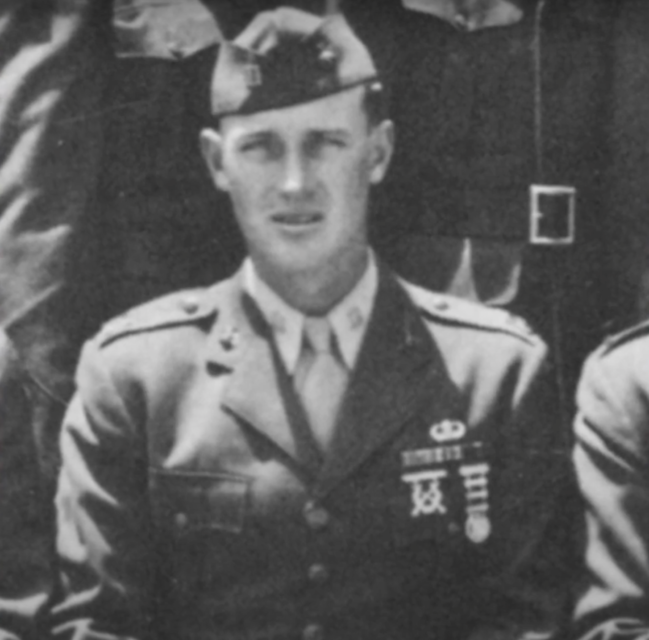The family of Colonel Dave Severance has announced the death of the Marine veteran at the age of 102. His death on August 2nd at his home in San Diego sees the end of a military career spanning three wars, one of which left the country with an enduring image of America at war.
Military beginnings and the start of WWII
Severance was born on February 4, 1919, in Milwaukee, Wisconsin. He joined the Marines in 1938 after training in San Diego, California. Upon graduating, he spent a year aboard a Navy ship before attending Paramarine training in July 1941. He was then was commissioned as a second lieutenant.

He first saw combat as a platoon leader during the battle for the island of Bougainville in 1943. His unit was ambushed and cut off by Japanese forces approximately one mile behind enemy lines, but was able to fight its way out and wipe out the enemy with the loss of only one Marine.
Battle of Iwo Jima
In 1944, Severance was promoted to captain and given command of E Company, 2nd Battalion, 28th Marines, 5th Marine Division. He and E Company took part in the Battle of Iwo Jima, with Severance, six officers, and 240 enlisted men landing on the island on February 19, 1945.

The island, located 660 miles south of Tokyo, was important for the U.S. forces, as it held airstrips needed for use as bases for American fighter planes and as safe havens for crippled bombers on their way back to the Marina Islands. To take control, the Marines had to face a contingent of 21,000 Japanese troops.
On February 23, 1945, after a large portion of the Japanese opposition had been defeated, Severance sent his company to the top of Mount Suribachi to plant the American flag. The ceremony was photographed by Sergeant Louis Lowery. Secretary of the Navy James Forrestal wanted to keep the flag as a memento, so Severance sent another group up the mountain to install a second, larger flag.
This second effort was captured by Associated Press photographer Joe Rosenthal in what would become one of the most iconic images of the war. The flag flew for the remainder of the Iwo Jima campaign, and both are now on display at the National Museum of the Marine Corps in Quantico, Virginia.
In the days that followed, Severance earned the Silver Star, the Marines’ third-highest decoration of valor. The citation stated that during a firefight at a heavily defended ridge, he “skillfully directed assault on this strong enemy position despite stubborn resistance.” He and his men fought at Iwo Jima for 36 days, with 80 percent either killed or wounded in action.
Post-WWII years
After the Battle of Iwo Jima, Severance returned to Camp Tarawa in Hawaii with the 5th Marine Division, where he began training a new company for the upcoming invasion of Japan. However, the war ended before the mission could occur, and he instead took part in occupation duty in Japan in late 1945.

After the war, he began flight training and became a Marine aviator. He demonstrated his skills during the Korean War, where he completed 69 missions. He was awarded the Distinguished Flying Cross and four air medals for his efforts.
Severance also served in the Vietnam War before being promoted to Colonel in 1962. Upon his retirement in May 1968, he served as assistant director of personnel at Marine headquarters. On his 100th birthday, he received a letter from the commandant of the Marines, in which he was told he “played a crucial role in shaping the warrior ethos of our Corps.”

The efforts of Severance and E Company have been forever immortalized in not just the now-famous photo, but also in Flags of Our Fathers, a 2006 movie by Clint Eastwood. He acted as a consultant and was portrayed in the film by Neil McDonough and Harve Presnell.
